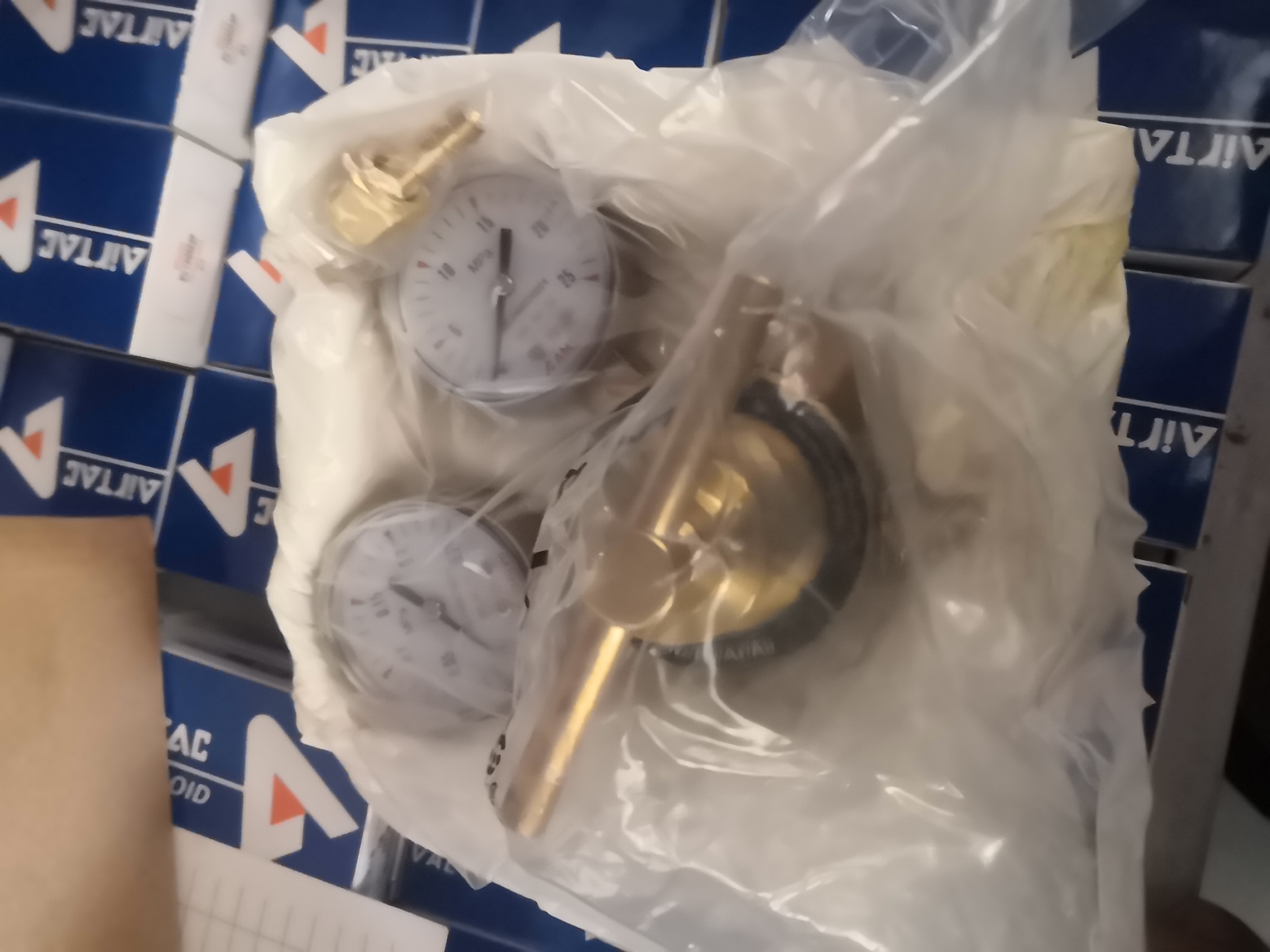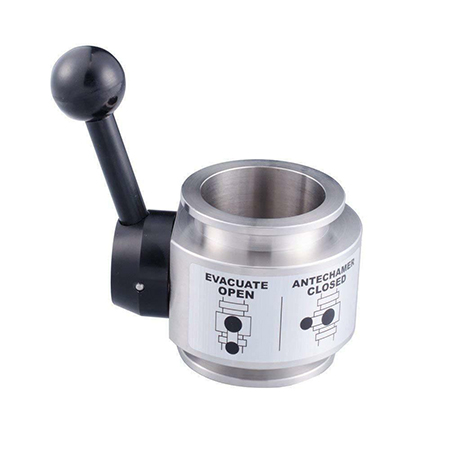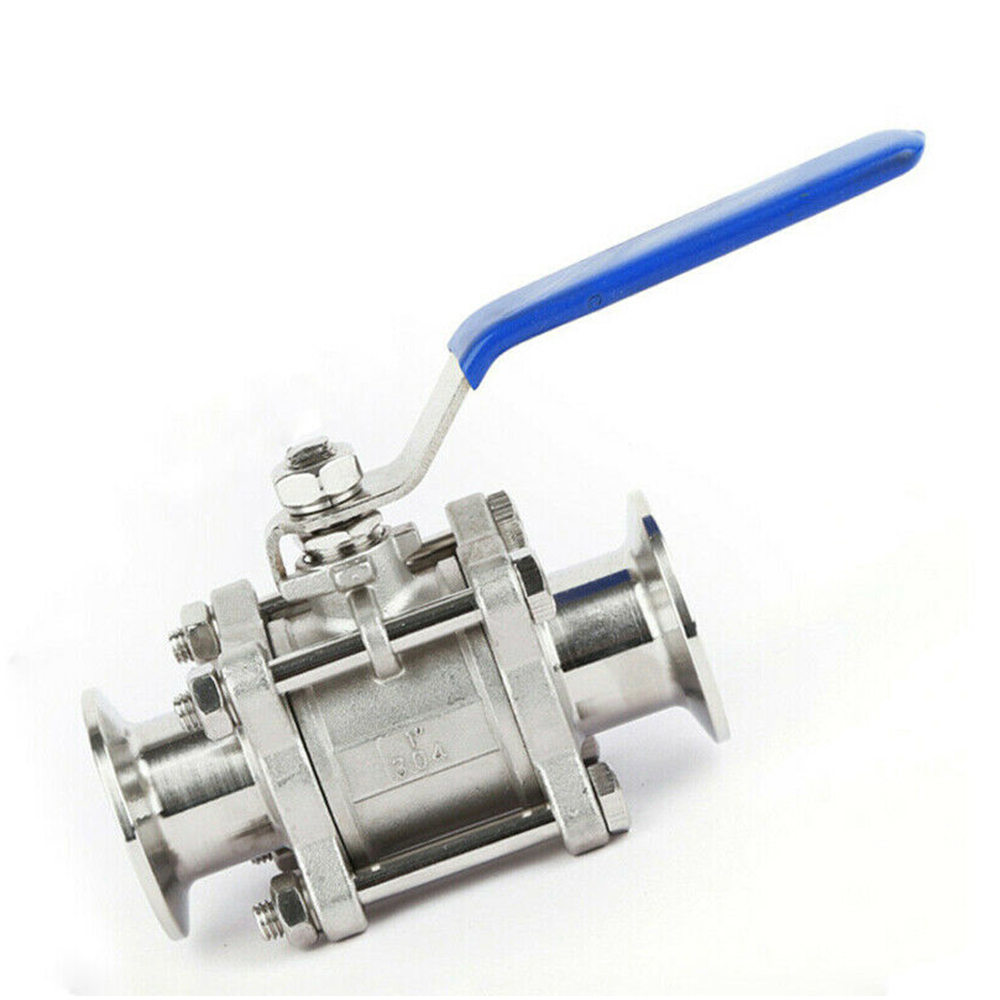
Correct Choice of Steam Pressure Reducing Valve
In the steam energy-saving technology, high-pressure transmission and low-pressure use is a basic principle. Low-pressure use can provide a greater proportion of latent heat in the steam, can reduce the heat contained in the condensate, reduce the amount of secondary steam, and have a higher dryness.
There are many industries that use pressure reducing valves in China, but they are also accompanied by many problems. For example, some pressure reducing valves only realize the pressure reducing function and cannot stabilize the pressure, causing damage to downstream steam equipment. Some pressure reducing valves often experience upstream pressure fluctuations or downstream load changes, making it difficult to achieve precise pressure control. When there is no load, the downstream pressure of some pressure reducing valves continues to rise, causing overpressure.
We know that there are many structural types of pressure reducing valves. In the past, the common ones were diaphragm type and internal spring piston type. The pressure on the lower side of the metal diaphragm of the internal pilot piston pressure reducing valve makes the diaphragm move up to close the main valve. The pressure on both sides of the piston is gradually equalized. The main valve finds a position when the downstream pressure is equal to the set pressure. The main valve position is established. Adjusted to the set pressure. The normal position before the external pilot diaphragm pressure reducing valve is activated is that the main valve is closed and the pilot valve is opened by spring force. The steam enters the main diaphragm chamber through the pilot valve, and a part of the steam flows out of the control hole. The control pressure in the main diaphragm chamber increases. When the main valve is opened, as the steam flows through the main valve, the downstream pressure rises and is fed back to the lower part of the main diaphragm by the pressure sensing tube (to ensure the downstream pressure is stable, the downstream pressure sensing tube should be installed) This force balances the spring force on the upper part of the diaphragm, so that the pilot valve is gradually throttled and closed, thereby maintaining the pressure in the main valve diaphragm chamber, controlling the opening of the main valve, delivering appropriate steam, and maintaining a stable downstream pressure. When the downstream pressure rises, the feedback pressure increases, the pilot valve closes, and the control pressure is released from the control hole to close the main valve tightly. Any load changes or pressure fluctuations downstream will be fed back below the pilot valve diaphragm to adjust the opening of the main valve and ensure the stability of downstream pressure.
Although these two common pressure reducing valves are not necessarily suitable for all working conditions, as long as we choose the pressure reducing valve according to the working conditions and flow rate, it can be solved that the pressure reducing valve can only reduce pressure, not stabilize it, or Problems such as upstream pressure fluctuations or downstream load changes, and when there is no load, the downstream pressure continues to rise and overpressure occurs.







